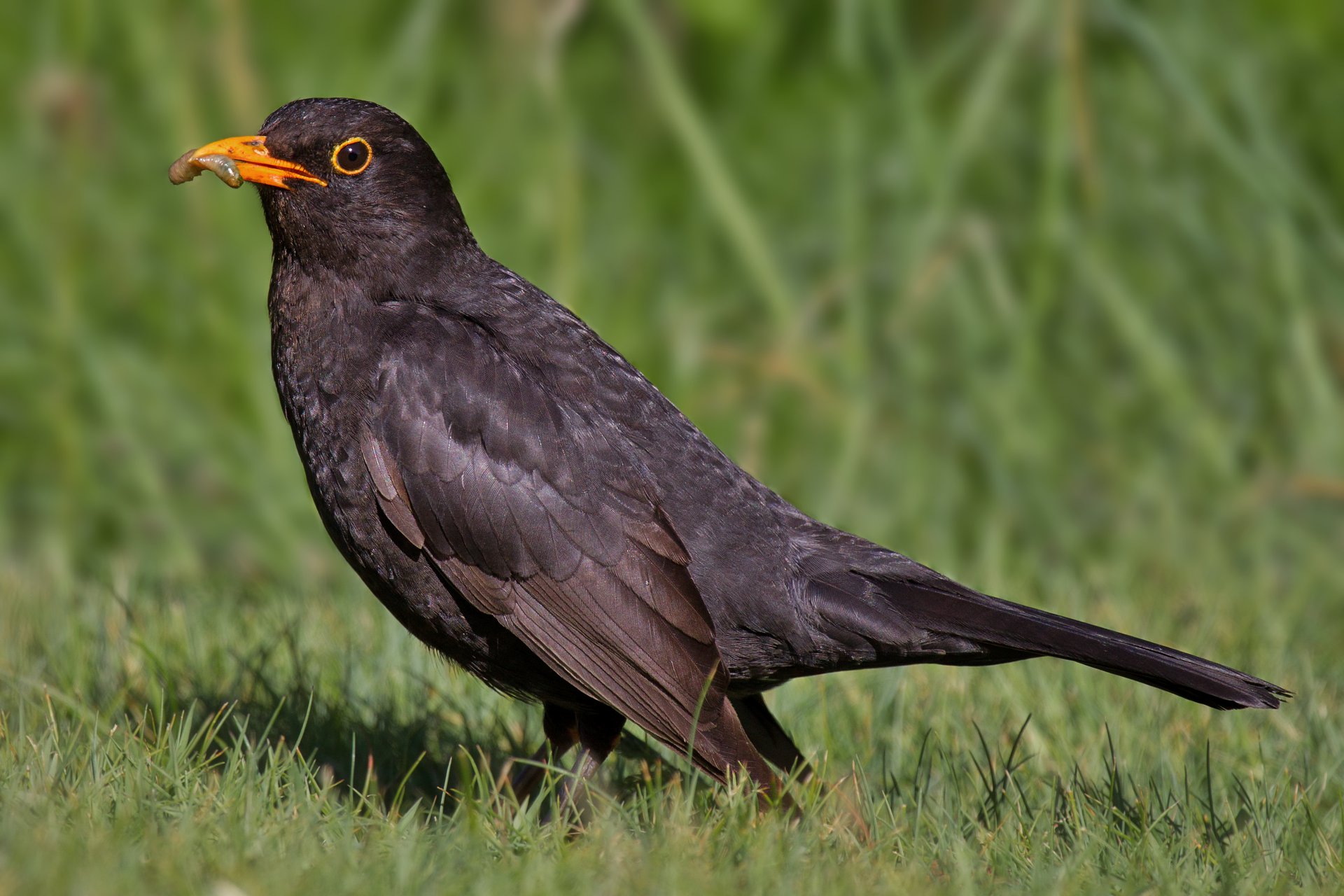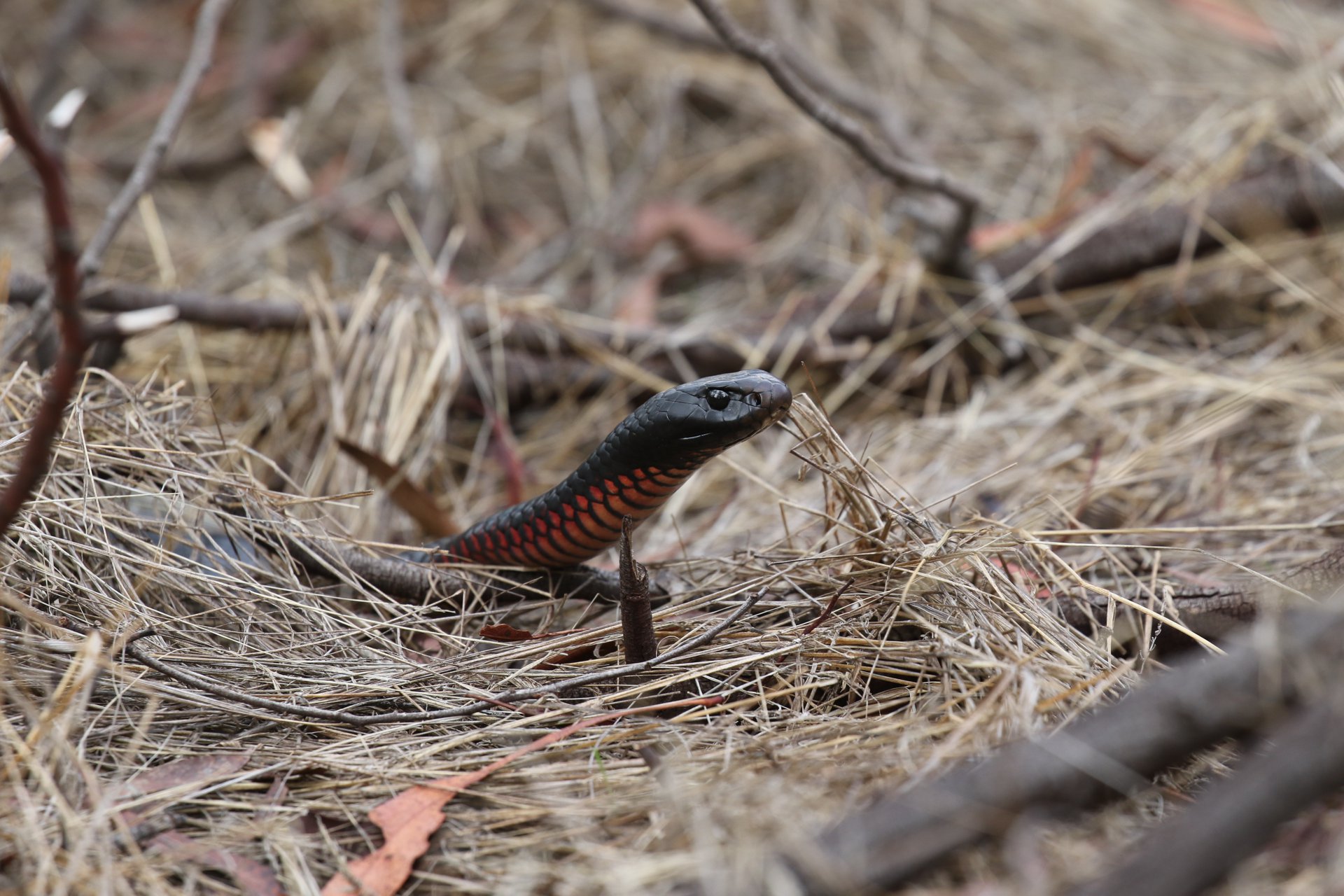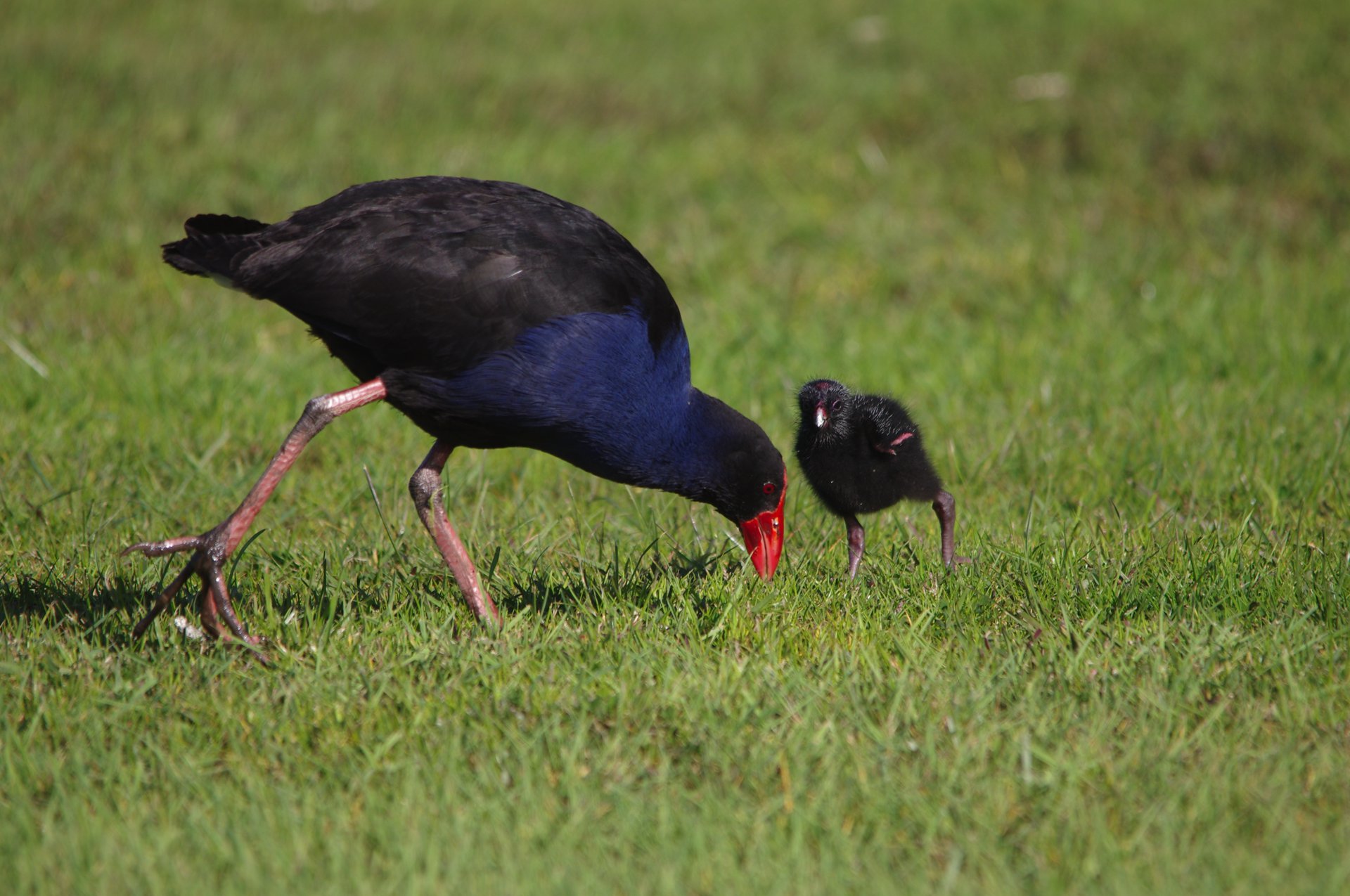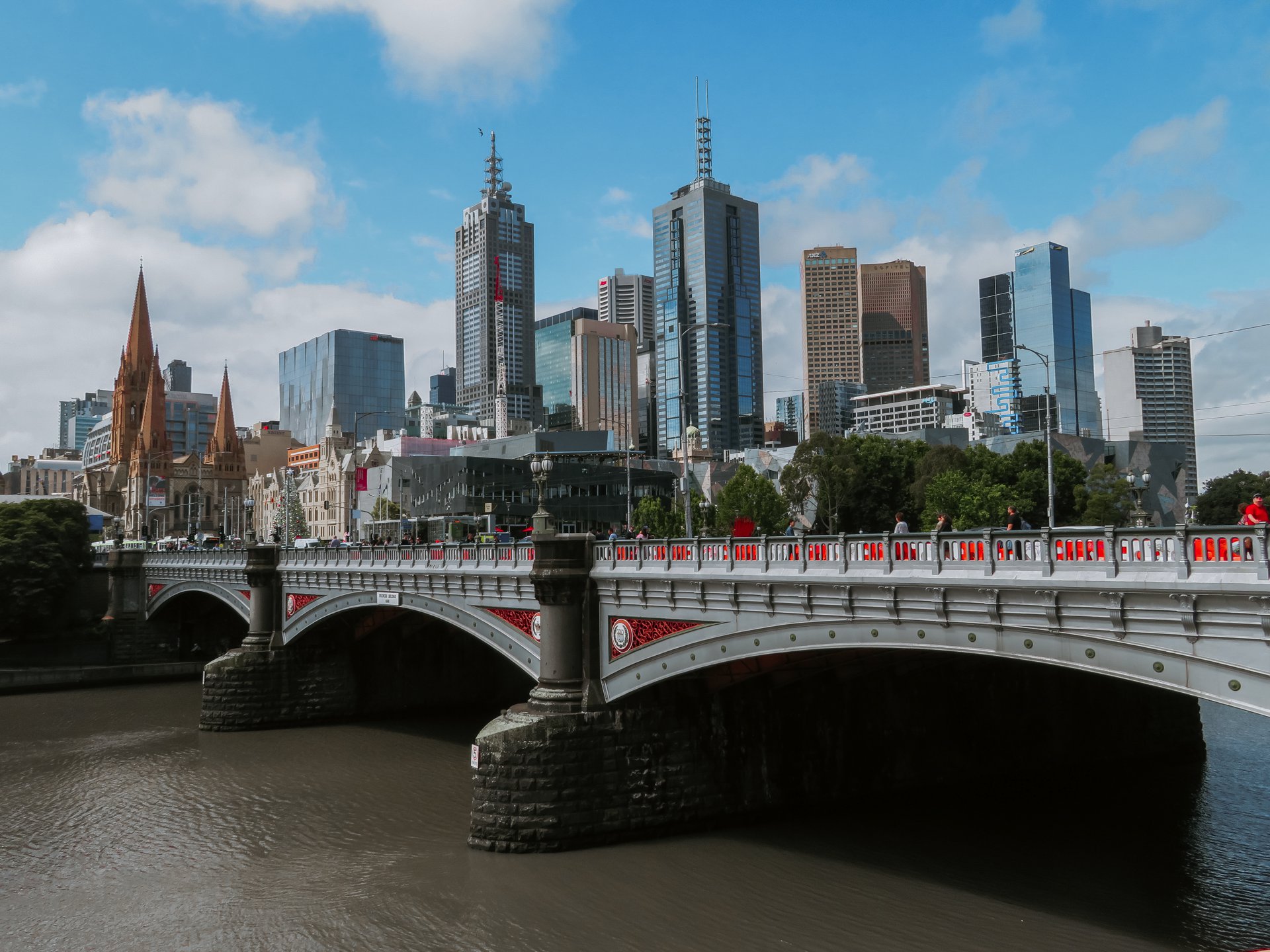Peewee peewee. Neerk neerk. Silence. Vroom vroom. Beep. Honk honk. A cacophony of sounds that may be obvious to some or go largely unnoticed by others. Depending on which Melbourne suburb you live in, you may hear a variety of wildlife sounds; not solely the hustle and bustle of the city.
Melbourne is known as one of the most liveable cities in the world. What most attracted me to this place were the tall trees and the amazing fauna. I’ve lived in cities in Brazil, Italy and England but none possessed as much diversity as Melbourne in terms of wildlife. As a child growing up in Brazil, I witnessed children using slingshots to aim at birds and kill them. You rarely see these local species flying around Brazil’s cities any longer; they’ve lost their place there, as well as in rural and forested areas.
As a teenager in the north of Italy, I don’t recall seeing any wildlife in cities like Modena or Genoa. But as an adult living in England, I was lucky to experience more of the local wildlife. Squirrels regularly visited my back garden and I was fortunate to live right next to an urban park. Hedgehogs quietly wandered around at night. During the day, I would often see robins, Blue Tits, blackbirds and magpies. The robins were the friendliest of all: I just needed to dig a tiny, shallow hole for them to come closer as they waited for worms to appear. I cultivated flowers like lupin and Fuchsia to attract bees and regularly saw European Honey Bees, Buff-tailed Bumblebees and Red-tailed Bumblebees.

The conservation work I do as part of this community group varies from planting indigenous species and removing unwanted weeds to building homes for skinks and birdlife. As the weather warmed, I asked about the possibility of finding snakes when we were removing undesired vegetation in Koolunga Native Reserve. The group hadn’t sighted one here for many years. Although I was somewhat relieved that the potential threat of being bitten was minimal, I also reflected on the importance of appreciating the pivotal role that snakes play in Australian ecosystems.

When I visited Albert Park, I couldn’t believe the birdlife residing here so close to Melbourne’s CBD. I was working in the area and during my breaks would go outside and look high up into the trees and across the lake. I spotted Rainbow Lorikeets, Sulphur-crested Cockatoos, Purple Swamphens, Galahs, and, on one day, a Red-tailed Black Cockatoo, amongst many other unique and raucous species.
In my own neighbourbood in the eastern suburbs, I’ve been fortunate enough to see birds such as the Australian Raven, Australian Magpie, Pacific Black Duck, Chestnut Teal, Laughing Kookaburra, Crested Pigeon, and Crimson Rosella, plus other smaller birds which I’m still learning to identify. The female magpies are the ones least afraid of interaction with anyone in our household. They come and peck on the window asking for food. I can’t resist their beautiful distinctive call, which I sometimes find more efficient than my alarm in the morning.

The first time I saw the Eastern Grey Kangaroo was at Healesville and they seemed used to seeing humans on a regular basis. In Greensborough, I once found myself about 50 metres away from a mob. They noticed my presence and a mutual respect ensued. There was a silent understanding that a certain space between us was required. I was happy to observe them hopping freely, although this interaction only lasted a few minutes as they began to travel away from me.
There are thousands of immigrants like me coming to this exquisite city and not all are from a background where nature is highly valued. Nevertheless, I believe there are many opportunities for both new and old Melburnians to learn to connect with the native wildlife of our city. I sense that there are exciting times ahead of me as I encounter more of the local wildlife and find new ways to engage with the nature of Melbourne.
Banner image courtesy of Denise Jans on Unsplash.


Leave a Reply